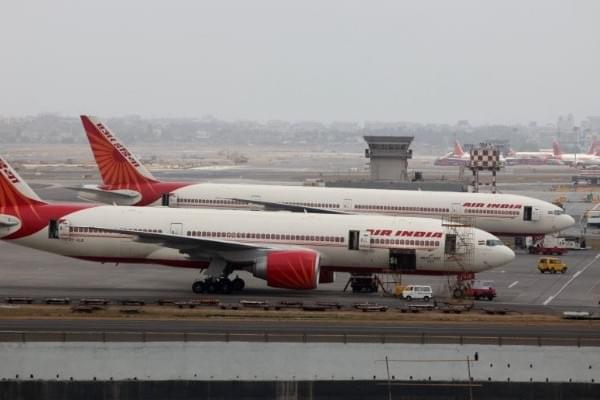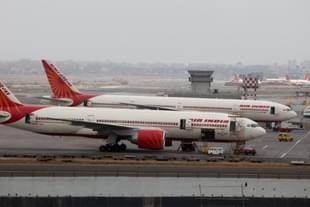Business
Dead Man Walking: Why Air India Is A Fit Case For Mercy-Killing, With Caveats
R Jagannathan
Aug 23, 2018, 01:42 PM | Updated 01:42 PM IST
Save & read from anywhere!
Bookmark stories for easy access on any device or the Swarajya app.


Air India is back with a begging bowl. After the failure of its privatisation bid a few months ago, the airline finds that it cannot service its loans – and the government has no option but to lend it the money.
It is passing the hat around this time for Rs 500 crore of emergency funding in order to pay wages and avoid a default on loans. This sum, The Economic Times assures us, is over and above another Rs 1,500 crore to be raised from Bank of Baroda for servicing its international liabilities.
What this repeated resort to taxpayer funding indicates is the folly of trying to run a “national airline” which is really a national liability. As a quasi-sovereign entity, Air India cannot be allowed to default like Kingfisher, which is why even a government-owned Bank of Baroda is willing to lend it money.
This is one more hint – after the hundreds received earlier – that the government needs to get out of the business, sell the assets, and take on the liabilities. Trying to wait for an opportune moment to privatise the airline is foolhardy, for there is no opportune time when liabilities are building up by the day. A loan not paid today is a bigger loan tomorrow, as the interest keeps accumulating.
The airline had debts totalling around Rs 48,000 crore in 2017, and its losses were of a like amount. Moreover, in the last financial year (2016-17), it had losses of Rs 5,765 crore, most of it due to high debts.
It would be difficult for the National Democratic Alliance (NDA) government to shut down Air India in an election year, but that is precisely what it must do. If shut down, it is possible to cap future liabilities by taking the bulk of the airline’s loans onto the government’s books, paying off the employees or giving them golden handshakes (aka, voluntary retirement schemes or VRS), and selling the assets that still have value (the ground-handling services, the aircraft, the land and buildings, the engineering services division, its landing slots and routes).
Not closing the airline will have consequences that go beyond just Air India and its employees.
One, when a sovereign keeps a big loser afloat, it makes the competition uneven, and other airlines are forced to keep ticket prices low in order to retain market share. Jet Airways, which is also in dire straits, could easily go under or fail to find new investors as long as Air India is kept artificially alive on government support.
Two, valuable human capital, in the form of pilots, engineers, and other employees, will remain bottled up in Air India, gobbling up resources and losing out on careers. If they knew that there was no future, they would look at other job options. A VRS is clearly needed pronto.
Three, valuable domestic and global routes, landing slots, and check-in counters will be blocked by an airline that is heading nowhere. It is kinder to treat Air India as a fit case for mercy-killing rather than run it on vain hope that the future will be better.
Four, the longer the airline is kept running, the lower will be the value of its aircraft assets, as they get older and more depreciated.
Air India’s future losses must be capped by shutting it down. Keeping it alive is no longer a sensible option.
Jagannathan is former Editorial Director, Swarajya. He tweets at @TheJaggi.




